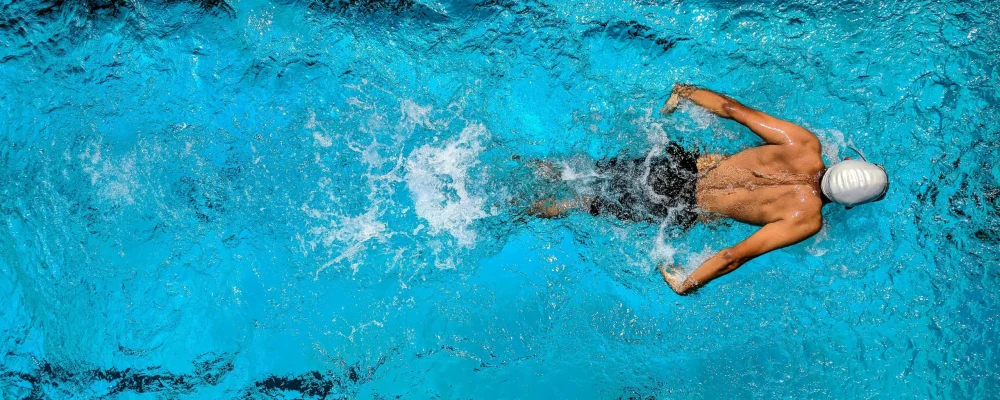
Maintaining balanced water chemistry is just as crucial in a saltwater pool as it is in a traditional chlorine pool—if not more so. While a saltwater chlorinator automates chlorine production, it doesn’t eliminate the need for regular chemical monitoring.
Salt chlorinators tend to slowly increase pH levels due to the electrolysis process.
Even with a chlorinator, test chlorine levels regularly—especially after heavy use or storms.
Low levels may indicate underproduction due to low salt or an aging cell.
Check your owner’s manual—each chlorinator has its sweet spot.
CYA protects chlorine from degradation by UV rays.
Too little = rapid chlorine loss.
Too much = chlorine lock, where chlorine is present but ineffective.
Avoid overusing stabilized chlorine tablets in salt systems.
Acts as a buffer for pH.
Especially important in hard water areas.
Too much = scaling inside the cell
Too little = potential corrosion
| Factor | Saltwater Pool | Traditional Chlorine Pool |
|---|---|---|
| Chlorine Source | Generated on-site via salt cell | Added manually (tablets, liquid) |
| pH Behavior | Gradually increases | More stable unless shocked |
| Stabilizer Needed | Yes, for UV protection | Often comes pre-mixed with tablets |
| Water Feel | Softer, less irritating | Can feel more drying to skin |
Use reliable test kits or digital meters, and always test before adjusting. Small consistent adjustments are safer than big chemical swings.
Balanced chemistry not only protects swimmers’ comfort and safety—it also prolongs the life of your salt cell and pool equipment. Unchecked pH and hardness are the leading causes of premature chlorinator wear.
All Troxlly salt chlorinators are calibrated for 3000–4500 ppm salinity, and feature low-salt alerts and temperature monitoring to help you maintain optimal chemistry. Paired with a reliable test kit and basic upkeep, our systems make saltwater pool care easier, safer, and smarter.
